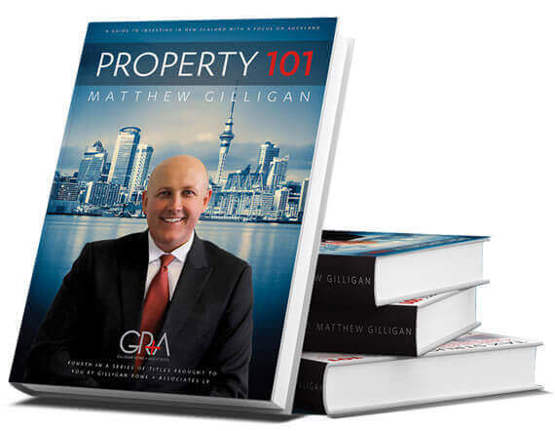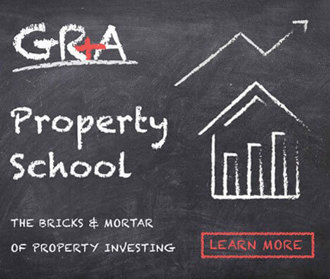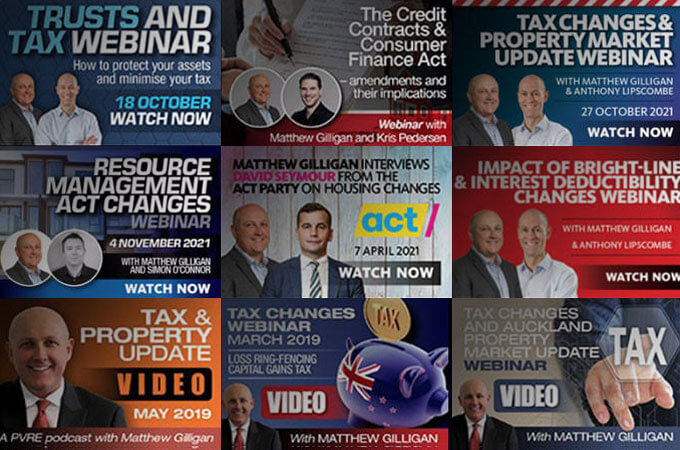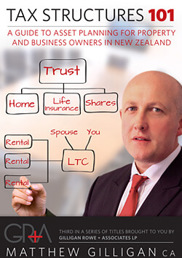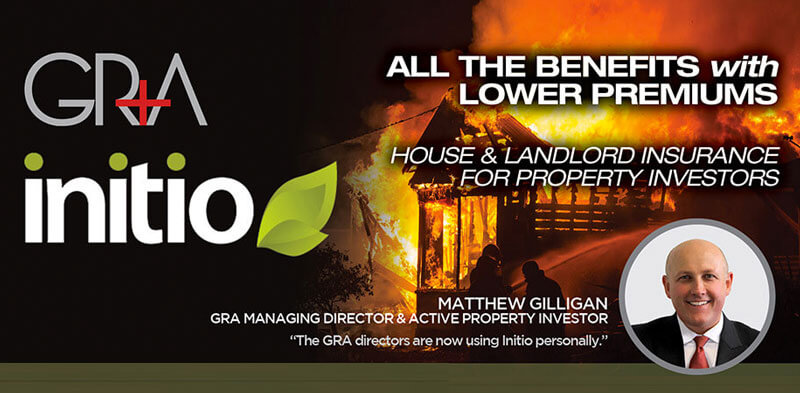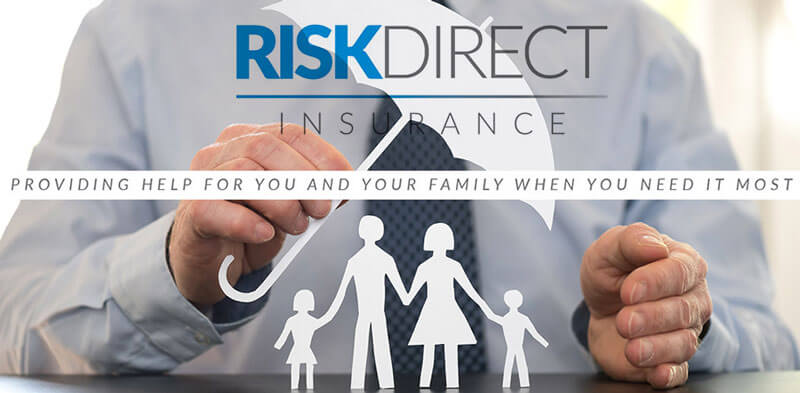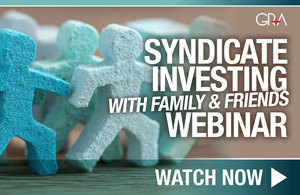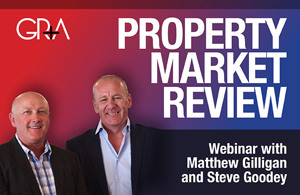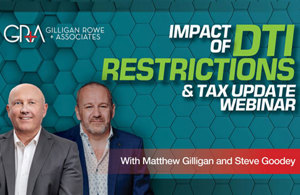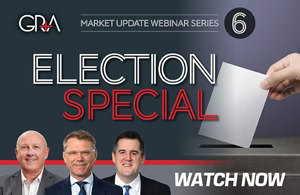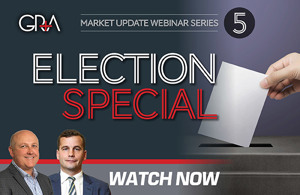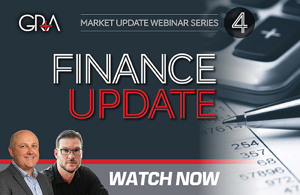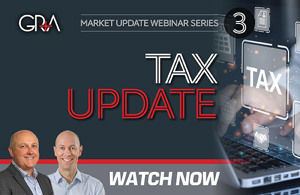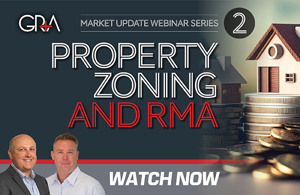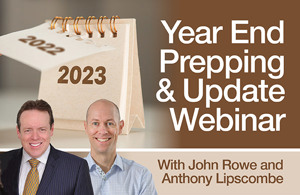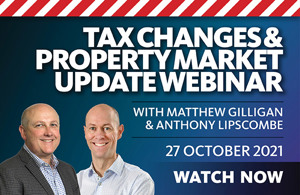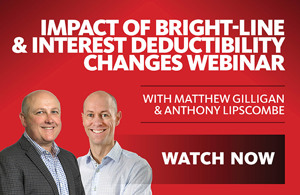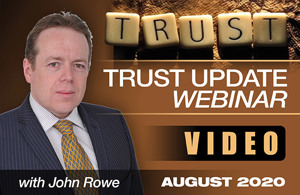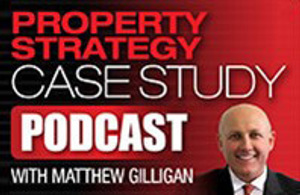
On 30 July 2019, Parliament's solution to this lack of a coherent, readable rulebook for trusts received royal assent in the form of the Trusts Act 2019. This is designed to be a one-stop shop for trustees and beneficiaries in terms of their obligations and entitlements. While in large part this new legislation merely repackages existing statute and common law principles that are fairly well known, there are some changes that those of you who are trustees of existing trusts, or those of you who may become trustees of trusts in the future, should be aware of.
In particular, the following points are worthy of note:
• While the Act passed on 30 July 2019, it does not become effective law until 30 January 2021. This provides an 18-month transition period for trustees of existing trusts to ensure that their house is in order.
• The maximum life of a trust is to be extended to 125 years. At present it is 80 years.
• Trustees will be obligated to provide more information to beneficiaries – starting with notification that they are beneficiaries of the trust. In addition, beneficiaries should be advised of who the trustees are, when trustee changes occur, and the fact that they have a right to request information regarding the trust.
• Trustees must provide “trust information” on request, which is “any information regarding the terms of the trust, the administration of the trust, or the trust property, that is reasonably necessary for the beneficiary to have to enable the trust to be enforced, but does not include reasons for trustees' decisions”. This is fairly broad and would likely extend to financial statements, details of assets held, trustee resolutions and amendment documents.
• Having said that, there are exceptions to these obligations, including consideration of the potential impact that disclosure of information may have on the trustees and the beneficiaries, the age and circumstances of the beneficiary and a myriad of other factors.
• There is a lengthy list of documents that trustees must maintain, noting that if there is more than one trustee it is possible for one trustee to hold the documents on behalf of the other trustees provided that copies can be made available.
• There is a prohibition on trustees contracting out of liability or receiving an indemnity from the trust for breaches of trust due to dishonesty, wilful misconduct or gross negligence.
• There are obligations on advisers to draw the existence of indemnity clauses to the attention of settlors when providing advice in relation to trusts or setting them up.

Matthew Gilligan
Managing Director and Property Services Partner
Did you like this article? Subscribe to our newsletter to receive tips, updates and useful information to help you protect your assets and grow your net worth. We're expert accountants providing expert advice to clients in NZ and around the world.
Disclaimer: This article is intended to provide only a summary of the issues associated with the topics covered. It does not purport to be comprehensive nor to provide specific advice. No person should act in reliance on any statement contained within this article without first obtaining specific professional advice. If you require any further information or advice on any matter covered within this article, please contact the author.
Comments
Testimonials
Hi Anna, It was very nice meeting you in person today. Thank you so much for coming up with this precise summary so promptly. I feel very blessed to have you, a diligent and efficient professional lady taking care of my accounting/tax needs.
- Jackie Zhang, July 2023
Property 101by Matthew Gilligan
Investing in residential property?
Put this at the top of your reading list.
If you're investing in residential property, seeking to maximise your ability to succeed and minimise risk, then this is a 'must read'.
Matthew Gilligan provides a fresh look at residential property investment from an experienced investor’s viewpoint. Written in easy to understand language and including many case studies, Matthew explains the ins and outs of successful property investment.
- How to find the right property
- How to negotiate successfully
- Renovation do's & don'ts
- Property management
- Case studies and examples
- and much, much more...

